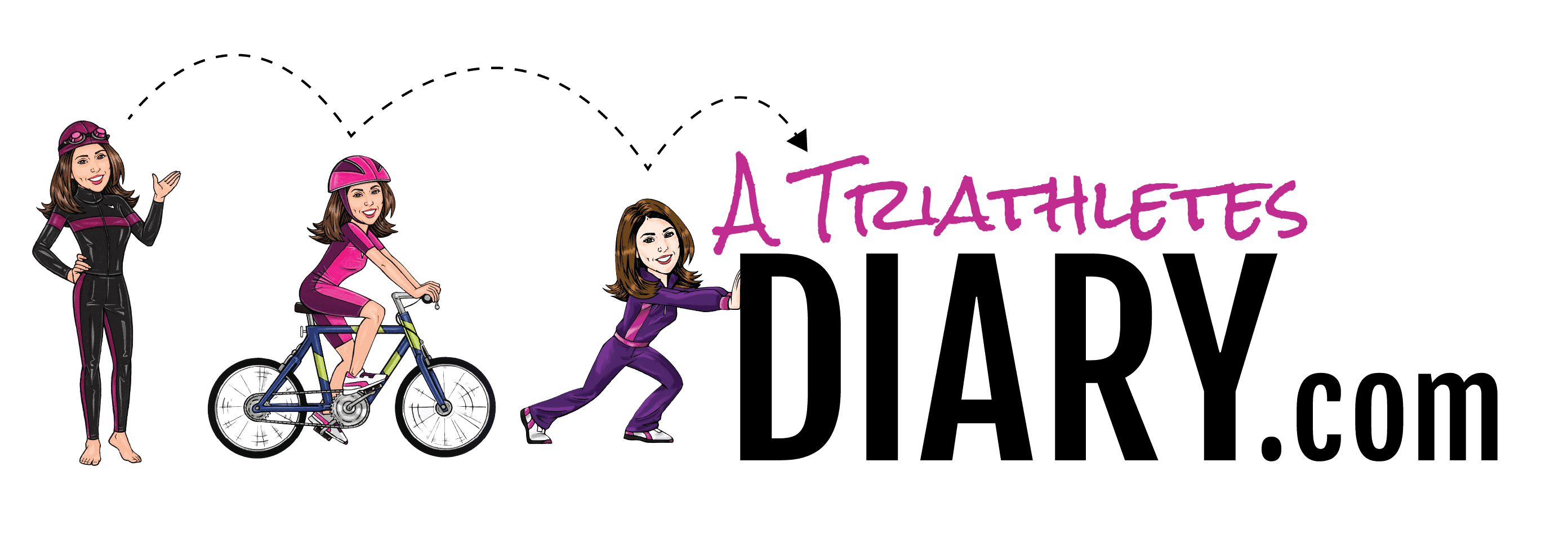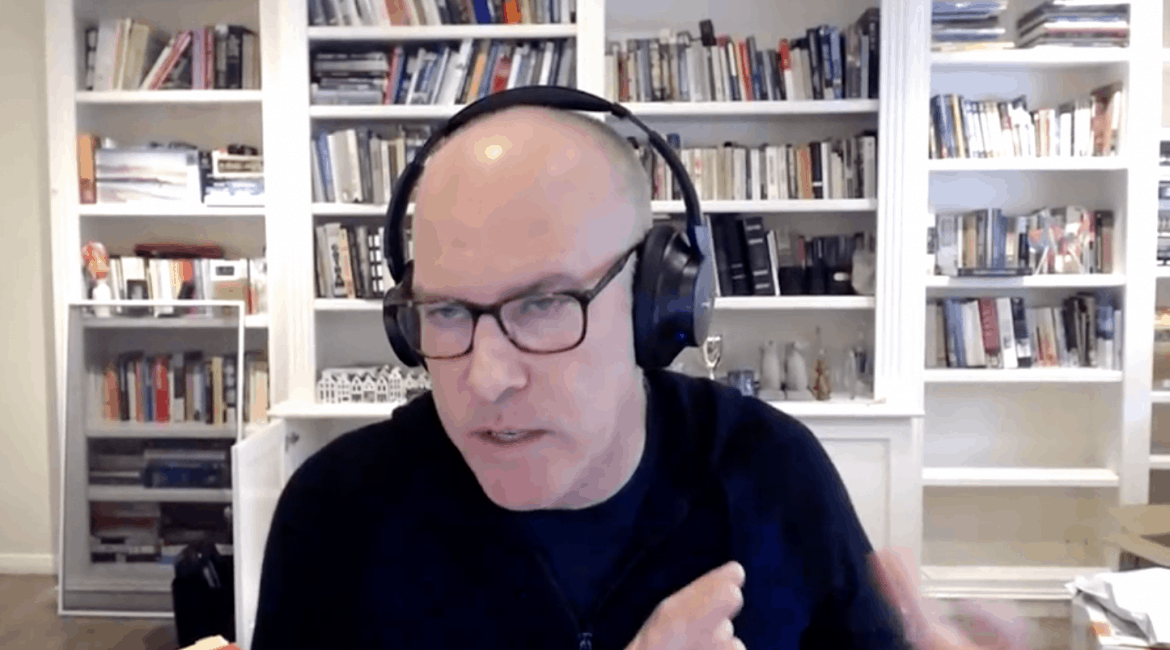Last week, Andrew Messick, CEO of Ironman, talked about the state of Ironman and racing during this time of COVID-19. He started the presentation by explaining that in 2020, Ironman had 240 events scheduled and only 40 events took place.
“The one good thing that came out of this is that we’ve been seeing a surge of new people becoming physically active, which is good for our industry,” Messick said.
Three Broad Areas
He explained that the virus has been spiking and getting worse all over the world and that Ironman will examine the state of the virus in three broad areas:
- Daily positivity rates and deaths in a particular area
- State of the vaccine
- State of travel restrictions
Ironman will have a race by race assessment to determine with the community if it’s possible to race in a particular area. “There are places with high virus rates but the community wants us. That is why we raced in Arizona and Florida in 2020,” said Messick.
Safety Protocols
“We have put in safety protocols and these protocols will continue through at least the end of the second quarter,” he said.
He also said that if “people follow the rules, it should be safe.” The risks are during travel, hotels and going to bars.
“We are guests in these areas,” said Andrew Messick, “we know we can safely operate but it’s ultimately the decision of the community.”
State of Ironman in 2021
Andrew Messick said that in the first quarter of 2021, Ironman will host events in places that have little to no virus like New Zealand and Vietnam.
He believes that the second quarter will get a little better with more people having vaccines. The third and fourth quarter should be back to normal.
He said if anyone is worried or wants to defer in the first half of 2021, they can but he makes no promises for the second half of the year.
Answering Questions
The CEO of Ironman answered questions that were sent in by coaches. He talked about the Ironman programs that they currently have and how they don’t compete with coaches. Andrew Messick said that 65% of athletes don’t want help but may need some guidance and these plans offer that. The rest, around 30% have coaches and are getting that white glove treatment.
When someone asked what can coaches do to help Ironman, Messick answered by saying, “bring in new athletes and make sure they have a great experience.”





